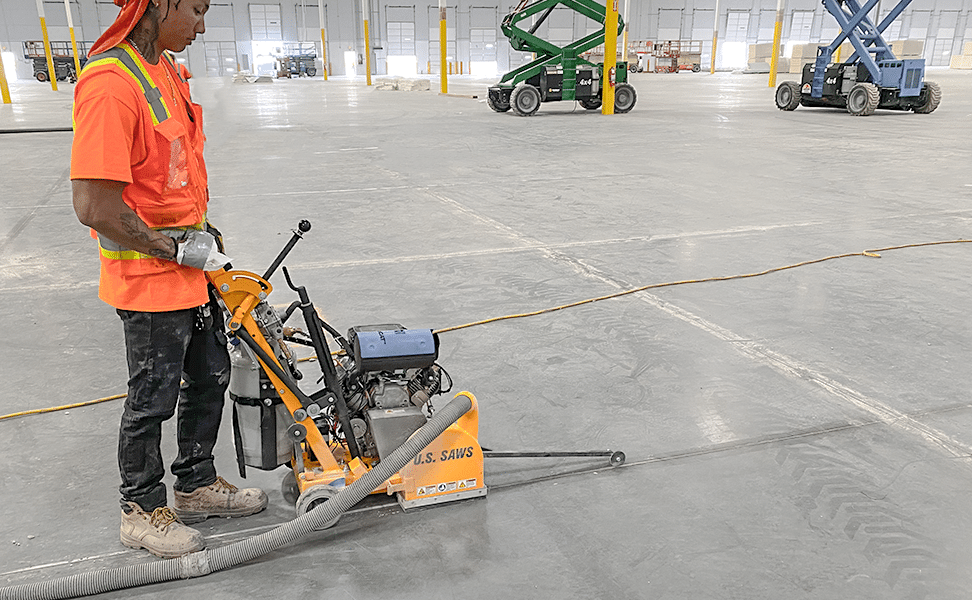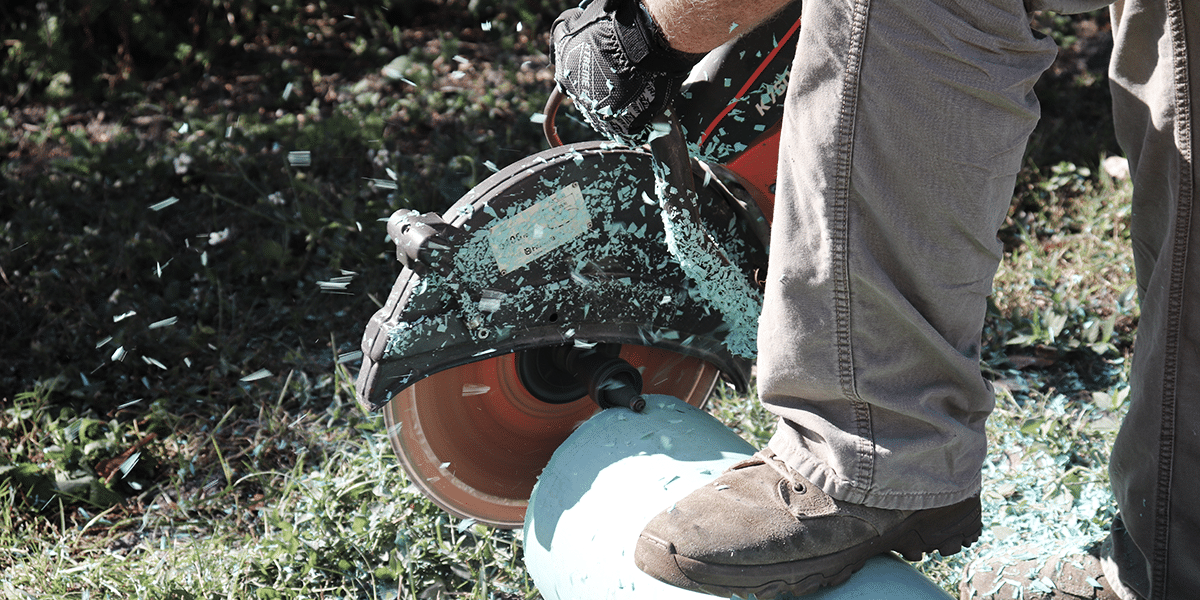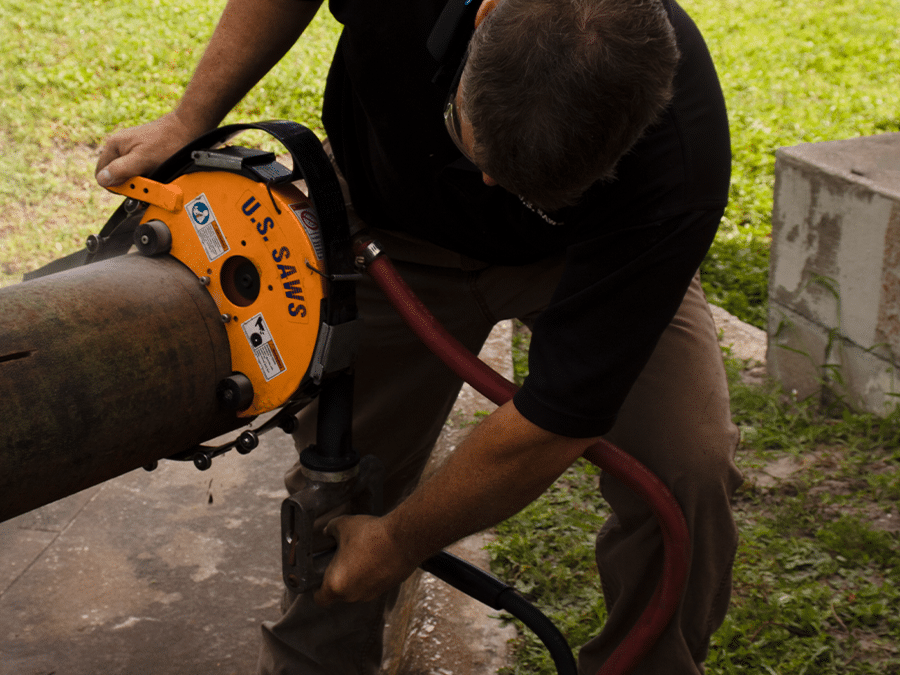Pipe beveling is one of the most important aspects and steps in the welding preparation process when it comes to pipe joining. When an end of a pipe is formed with a specific degree of an angle, this is called a bevel end. This type of beveling can be used to smooth the cut pipe ends for aesthetic and safety purposes as well. Pipe beveling becomes an important process because the quality of the specific pipe directly affects the welding quality. When two pipes need to be streamlined together to create a seamless joint, the welder or other professional will use a pipe beveler to cut off the edges of some of the parts. This can be a lengthy and difficult process to endure successfully, but it is important in most construction jobs when dealing with big piping.
What is a Pipe Beveler?
Pipe bevelers are suitable for a variety of uses for construction jobs dealing with piping. These materials can include cast iron, plastic, steel, and multi-layer pipe materials. Depending on the beveler you are using, small, medium, and larger pipes can be beveled quickly and efficiently. Because the most common piping is plastic, U.S.SAWS is the industry professional to provide you with the right tools and equipment for this type of pipe beveling.
U.S.SAWS Bevel Buddy | Cordless Pipe Beveler is an all-in-one solution for cutting PVC pipe. One of the only tools in the industry that provides a QUICK, EASY, and SAFE way to bevel plastic pipe. The cordless bevelling system allows the user to bevel pipe faster than would be possible with simple hand tools. Its compact size ensures that it will be useful at any site, big or small.
For any sewer piping project, U.S.SAWS Sewer Buddy Assembly | Cordless Pipe Beveler is your number one choice. This type of piping can be difficult, but this tool provides you with an easy-to-use function to be able to cut the thick plastic sewer piping. This system includes DeWalt cordless grinder, (2) batteries, 16-flute beveler, 4.5” Tiger Tooth™ blade, a carrying case, and wrenches to ensure you have all the necessary equipment to get the job done right.
Field repairs often allow little room to access the ends of the cut pipe. The U.S. SAWS bevel tools allow tight access with very little clearance required. Because this is a difficult process, knowing how and when to use pipe beveling is extremely important to ensure a consistent and smooth finish for the end result.
How to use a Pipe Beveler?
As you should do with most equipment, be sure to inspect your pipe beveler before starting your project. Ensure that everything is working properly, and that your equipment is charged enough to endure this long process to finish the job quickly and efficiently. Safety should always be a priority so goggles, gloves, and proper clothing should be worn for any precautions. Although the job may need to be done fast, making sure you and those around you are safe is more important.
Turn on the grinder and place the guide plate flat against the end of the pipe you are working on. Depending on the length needed, you will need to adjust the bevel by sliding the glide plate up or down to the desired length. Be sure to tighten the knob after this is done to ensure it is tight and will stay on the piping when used.
When it is time to start, place the router bit against the edge of the pipe until the bearing at the end of the bit is in full contact with the pipe you are working on. You are now able to slowly rotate the beveler in hand counterclockwise with the pipe. Be sure to always keep the bearing in contact.
When doing this process, you want it to be as smooth as possible for the finished result. If it isn’t as smooth as you want it, you may need to do this process a second time. Because there will be a lot of material left in the bit, be sure to remove any obstructions in the way before beveling for a second time.
These uneven bevels can happen if the guide plate is not kept at the correct angle to the pipe and the router bit of the bearing is not fully always connected to the pipe. It is extremely important to know what you are doing ahead of time before beveling PVC pipe. Not only can it be dangerous, but without proper training and knowledge, you can completely destroy the pipe which will affect the project as a whole.
Bevel vs. Chamfer:
Both processes remove material at an angle to the surface, removing imperfections from the potentially sharp edges of workpieces. The difference is the depth of the removal that is needed for your specific project.
A chamfer is technically a type of bevel but the difference between the two is that a bevel is an edge that is sloped, and a chamfer is an edge that connects two surfaces at a 45-degree angle. A bevel’s slope can be any angle except 90 or 45 degrees. The inside of a bevel will mostly be shaped as a rhombus, while a chamfer will usually be an octagon.
Beveling is used to remove material along the thickness of a pipe. As stated before, this process is done for welding purposes. It creates a proper surface to weld pieces of the pipe together when needed. Depending on the shape needed when beveling will depend on the strength of the welded part.
Chamfering is the removal of metal for cosmetic purposes. A perfect example of this is a countersink. Fasteners and screws are usually chamfered to ensure nothing is sticking above the primary surface worked on. Chamfering edged reduces the risk of gouging the edge of the hole as well. Along with this is ensuring there is no misalignment present on your surface as well. Many workers use these chamfered areas as a simple alignment guide as a “placement holder”.
Because both of these deal with specifics, they need to be done efficiently to ensure everything is done precisely. The reasons for using bevels and chamfers are to protect parts and provide the next step to be done more efferently. Before starting any project, it is important to know which technique will be the best for the overall aspect of the current job.
Choosing the Correct Method:
Because there are so many different factors when dealing with pipe beveling, there are several methods to use. Before choosing a method, you need to be able to answer these questions so you know which one will be the most efficient:
- How much time is available for your project?
- Is a portable beveler necessary?
- What are the specifications of all bevel requirements?
- Is there a certain skill required to do this job efficiently?
- Will electricity connectivity be a problem for this job?
- Can the pipe or tube be brought to the located machinery?
Safety is always the main concern when using any construction equipment. Although portable bevelers don’t have many safety risks, they should still be used by professionals and always follow safety protocols before and after use.
Frequently Asked Questions:
How to Ensure Effective Beveling Practices?
Making sure you have the right tool for the job before you start is most important. Be sure to check if the equipment won’t release any dangerous or toxic fumes when using that could affect those around you. The tool you decide on using should be able to produce clean cutting edges that are done efficiently as well. Depending on the type of pipe you are using, speed matters. Make sure your equipment doesn’t sacrifice the overall quality but is able to get done in a good amount of time so you can continue with the project. Lastly, your equipment should be easy to adjust. Being able to have different adjusting features on your tool will make it easier for you to expand what you are able to cut for different projects on the job site.
Why Do You Bevel Pipe?
Beveling is used to “alter” the shape of certain pipes to fit better during the welding process. Because many pipes won’t naturally fit together, beveling is an important process to ensure they will fit and stay connected throughout their lifespan. Because of this, this increases the surface area of the weld site and helps provide the pipes with stronger welds that are able to control the amount of stress put on them. This process reduces costs of repair and helps the entirety of the project you are working on stay on schedule because of the strong welds.
Pipe beveling also produces aesthetically pleasing results as well. It makes it more appealing and less of a messy situation.
What Are the Benefits of Buying a Portable Pipe Beveler?
Portable pipe bevelers make your life easier on the job site because of the high quality they bring. Because they are portable and easy to use, you are able to work more efficiently by making consistent cuts at a high level. They are rechargeable so you can pick them up and take them to any job you please; there doesn’t have to be any worry about hauling huge equipment to the job site with these portable bevelers. Portable bevelers can be controlled by one person and have minimum safety issues if you know how to properly use this piece of equipment. They are known for being quick and efficient, but also make it an investment worth paying for because of their low maintenance needs.
Should You Always Buy Top-Quality Pipe Bevelers?
When you are in the market for buying a pipe beveler for your next project, ensuring that you are getting your money worth should be the main concern. Buying used or unqualified equipment can lead to a loss of money and puts your project at risk of not being done properly. When dealing with PVC pipe, U.S Saws has high-quality pipe bevelers ready for your next job. Our bevelers are easy-to-use, rechargeable, and of the highest quality, you can get to ensure your project is a success.
The U.S.SAWS Bevelers are designed to bevel PVC and other plastic pipes to help reduce torn gaskets at joints. The Beveller is for underground pipe contractors, municipal water departments, and wholesale pipe sellers. The Beveller mounts to your existing cut-off saw or grinder with no special tools and can be easily removed when not in use.
U.S.SAWS is an innovator in the tool industry. Pipe beveling requires the right knowledge and tools to get the job done the right way. Knowing what this process consists of and how to use this piece of equipment is essential. As there are many factors to consider for your next pipe beveler project, engaging with a company to help guide you will ensure your project is completed promptly and in the right manner. Contact U.S. Saws today to find all of your pipe beveler needs!




